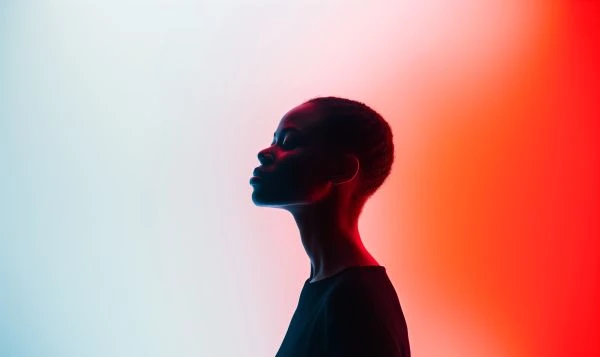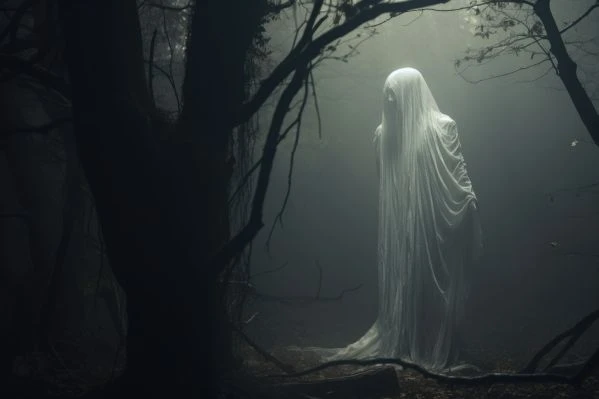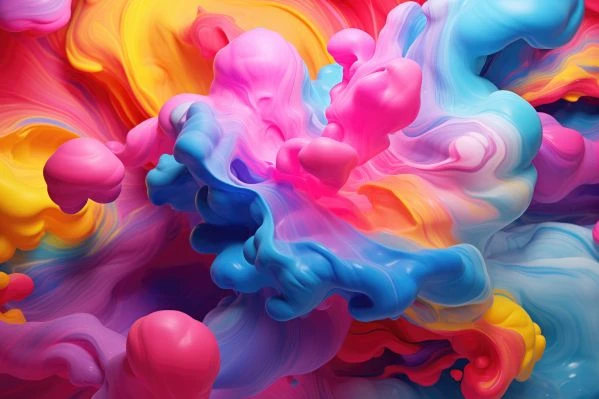When we revisit the classic Rapunzel fairy tale through its original English text, the story transcends its familiar Disney adaptation to reveal profound layers about human resilience and the universal longing for autonomy. This Brothers Grimm masterpiece, first published in 1812 as part of Children's and Household Tales, continues to captivate readers with its symbolic richness and emotional depth.
The Architectural Symbolism of Rapunzel's Confinement
That iconic tower isn't merely a physical prison—it's a psychological landscape representing societal constraints. The German word Rapunzel actually refers to a type of leafy vegetable (rampion), subtly hinting at how the protagonist becomes commodified by both her birth parents (who trade her for greens) and the witch (who treats her as property). Modern interpretations suggest the 70-foot hair represents feminine power turned into bondage, a paradox that resonates with contemporary discussions about gender expectations.

Linguistic Nuances Lost in Translation
Reading the original English version reveals wordplay absent in translations. The witch's chant "Rapunzel, Rapunzel, let down your hair" employs trochaic meter, creating a hypnotic rhythm that mirrors the cyclical nature of captivity. When Rapunzel's hair darkens from blonde to brown after the prince's visits—a detail often omitted in retellings—it signals her sexual awakening and growing autonomy.

Mother Gothel's Manipulation as a Mirror for Toxic Relationships
Far from a simple villain, the witch embodies the complex dynamics of emotional abuse. Her famous line "You're growing up to look like your false mother" (from the 1823 English translation) demonstrates gaslighting techniques. Psychological studies show children exposed to similar rhetoric develop coping mechanisms akin to Rapunzel's secret meetings with the prince—small acts of rebellion that preserve sanity.

The Healing Symbolism of Tears
That pivotal moment when Rapunzel's tears heal the prince's blindness carries profound metaphorical weight. In the original text, her tears are described as "falling hot upon his eyes"—a visceral image suggesting emotional truth can restore perception. This scene inspired modern therapeutic approaches using narrative exposure for trauma recovery.
What makes the Rapunzel story endure isn't its fairy-tale ending, but its raw portrayal of how courage blooms in isolation. The English version's archaic phrasing ("there came a time when the prince was sorely pressed") lends authenticity to its exploration of human struggle. As we navigate our own towers—be they digital addictions or societal pressures—Rapunzel's journey reminds us that freedom begins when we dare to let down our hair.


 相关文章
相关文章




 精彩导读
精彩导读




 热门资讯
热门资讯 关注我们
关注我们
